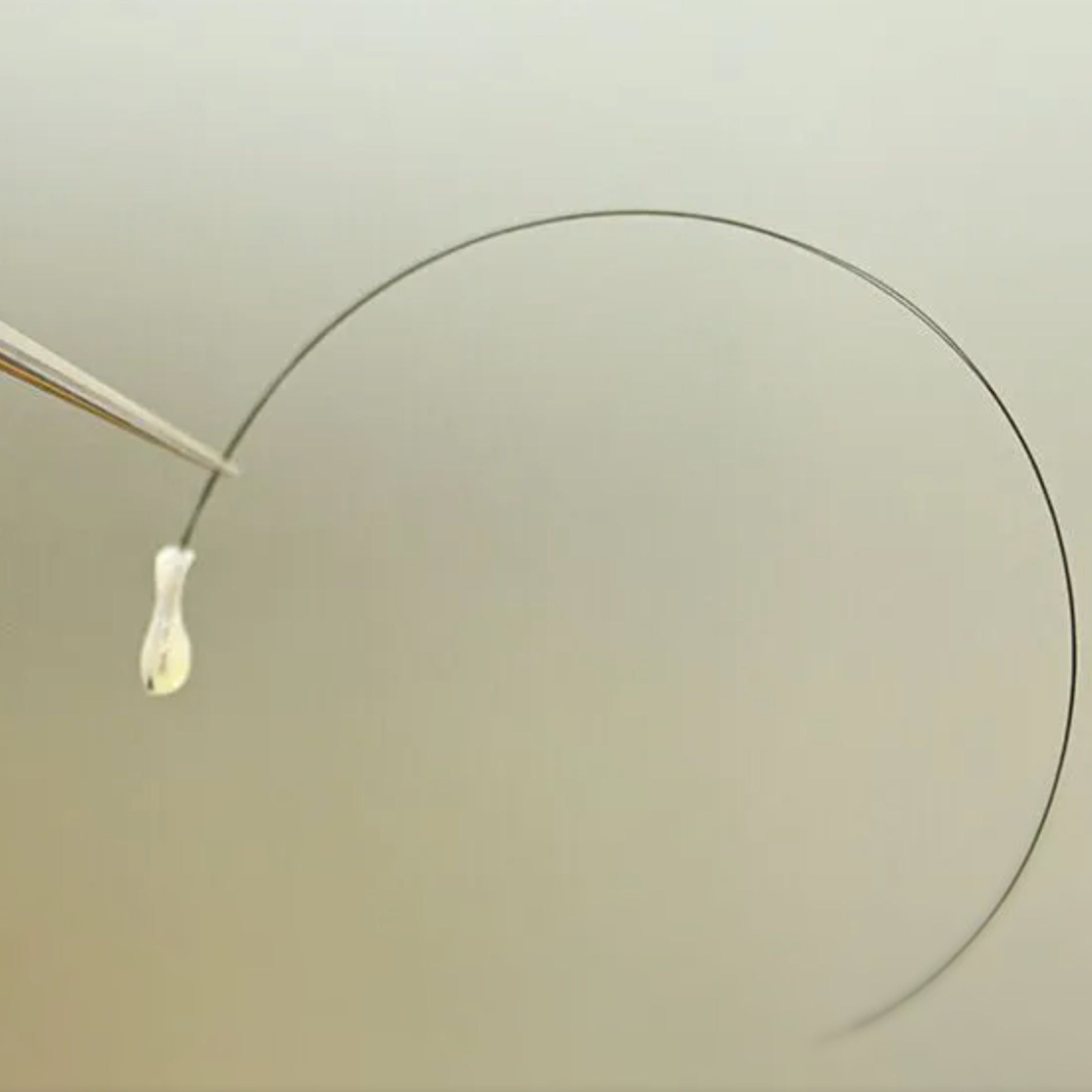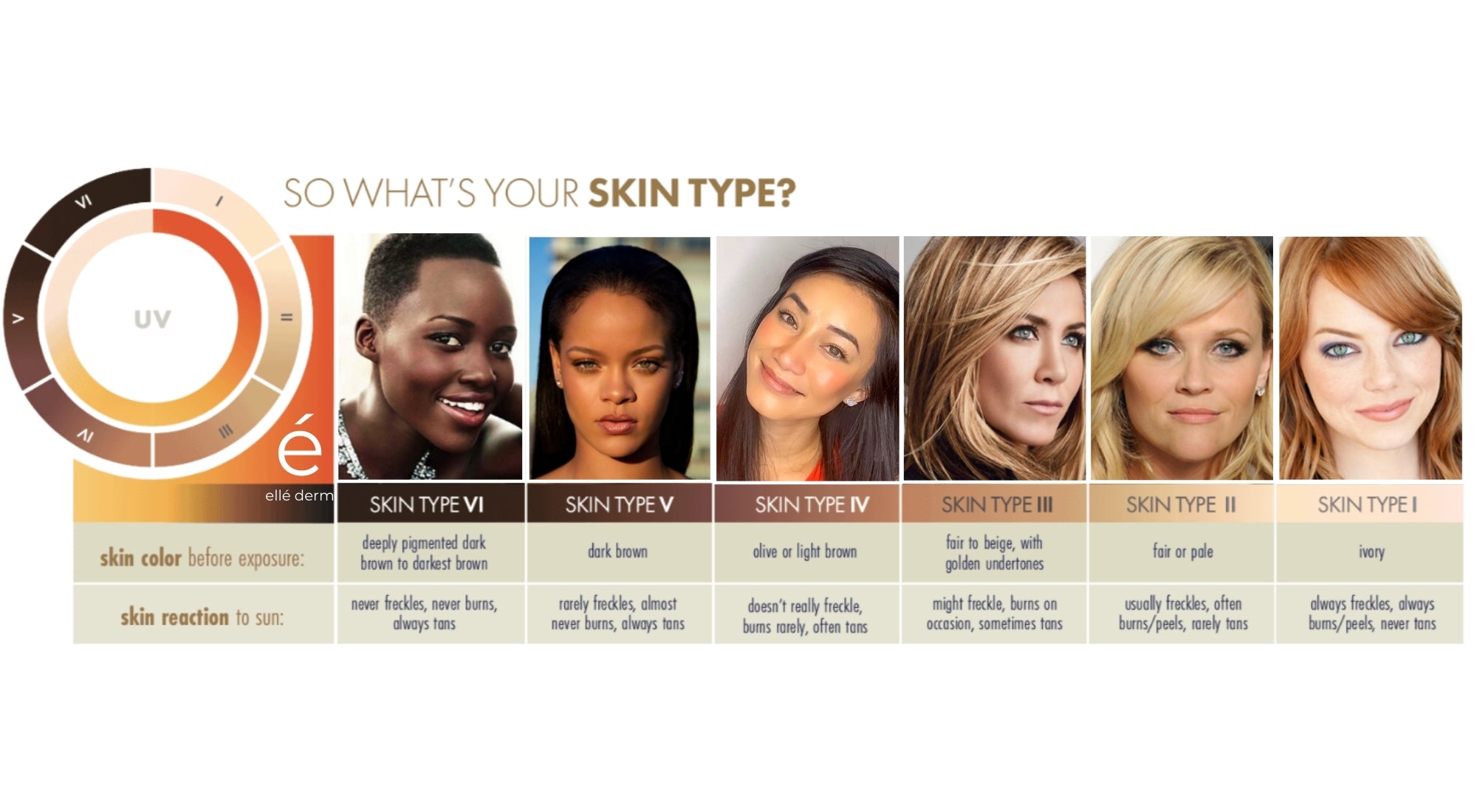Physical vs Chemical Exfoliation | ellé derm
We have been told exfoliating is good for us, but why is that so?
By the time we turn twenty, the rate of our skin cell turnover (aka skin shedding) starts to slow down and will continue to do so with age. As a result, our skin becomes less vibrant and we start to lose that youthful glow.
Exfoliating removes dead skin cells off the surface of the skin, unclog pores and help to give your skin a nicer glow. There are two types of exfoliation - chemical and physical exfoliation.
Physical Exfoliation
These include cleansing brushes and buffing pads, beads or grains. The advantage of physical exfoliation is that:
- They give immediate results
- Can improve circulation if done correctly
- Less risk of an allergic reaction
The disadvantage of physical exfoliation is that they can tear the skin if too much pressure is applied. When choosing a physical scrub, look for products with finer granules or soft pads.
If you are using a cleanser or toner with a chemical exfoliant, we recommend choosing a soft pad as part of your exfoliating routine.
Chemical Exfoliation
As the name suggests, these include ingredients like Alpha and Beta Hydroxy Acids and Retinol. They commonly come in the form of Glycolic Acid Face Wash, Glycolic Acid Toner or AHA/BHA Toner. Chemical exfoliants take slightly longer to work compare to physical exfoliation but the results are longer lasting and they also work at a deeper level.
Chemical exfoliants can penetrate the skin and also aid in the delivery of other skincare ingredients, giving you a synergistic effect.
The disadvantage of chemical exfoliants is that they are not always user friendly for people who have really sensitive skin or rosacea and results are not immediate. For those with sensitive skin, we recommend choosing a Polyhydroxy Acid such as Gluconolactone and Lactobionic Acid. Their molecular structure is much larger than Glycolic Acid and Lactic Acid and cannot penetrate deep into the skin, making them more suitable for sensitive skin and also those with Skin Type IV to VI. The do take longer to work compared AHAs but are much more gentle.
Author: Helen Huynh (B Pharm) MPS



